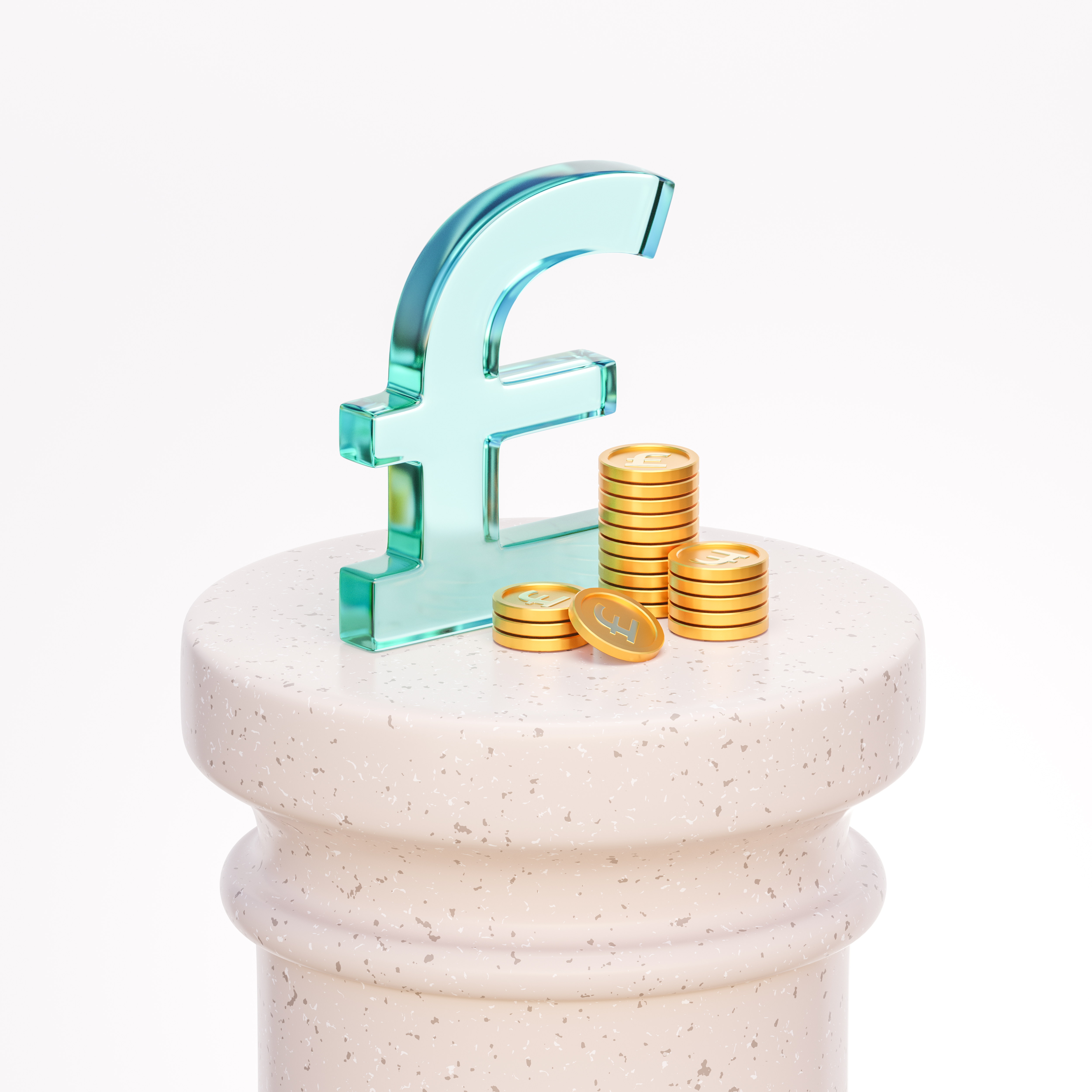ST-37 City, Mwali, Fomboni Moheli Comoros Union.


Blog Details

Jun 03
2024
GBP/USD eases toward 1.2700 ahead of US ISM PMIGBP/USD eases toward 1.2700 ahead of US ISM PMI
GBP/USD is easing toward 1.2700, erasing earlier gains in the European session on Monday. A modest US Dollar uptick weighs on the pair, despite an upbeat mood. Investors await the US ISM Manufacturing PMI data for fresh guidance.
Technical Overview
The Relative Strength Index (RSI) indicator on the 4-hour chart declined to 40, pointing to a buildup of bearish momentum. GBP/USD faces first support at 1.2680-1.2670, where the 100-period Simple Moving Average (SMA) meets the Fibonacci 23.6% retracement of the latest uptrend. If the pair falls below this level and starts using it as resistance, 1.2600 (Fibonacci 38.2% retracement) and 1.2580 (200-period Simple Moving Average) could be seen as next supports.
On the upside, 1.2740-1.2750 (50-period SMA, static level) aligns as first resistance before 1.2790-1.2800 (static level, psychological level).
Fundamental Overview
After posting modest gains on Thursday and Friday, GBP/USD started the new week under modest bearish pressure and declined to the 1.2700 area. The pair's near-term technical outlook suggests that sellers could look to retain control.
Ahead of the weekend, the data published by the US Bureau of Economic Analysis showed that the core Personal Consumption Expenditures (PCE) Price Index, the Federal Reserve's (Fed) preferred gauge of inflation, rose 0.2% on a monthly basis in April. This reading followed the 0.3% increase recorded in March and came in below the market expectation of 0.3%. In turn, the US Dollar (USD) struggled to find demand and allowed GBP/USD to hold its ground.
Early Monday, the cautious market stance supports the USD and makes it difficult for GBP/USD to gains traction.
In the second half of the day, the ISM Manufactring PMI from the US will be looked upon for fresh impetus. Analysts expect the headline PMI to edge higher to 49.8 in May from 49.2 in April. In case the PMI reading disappoints and shows an ongoing contraction in the manufacturing sector's business activity, the initial reaction could hurt the USD and help GBP/USD rebound. On the flip side, a positive surprise could provide a boost to the USD and drag GBP/USD lower.


.jpeg)







